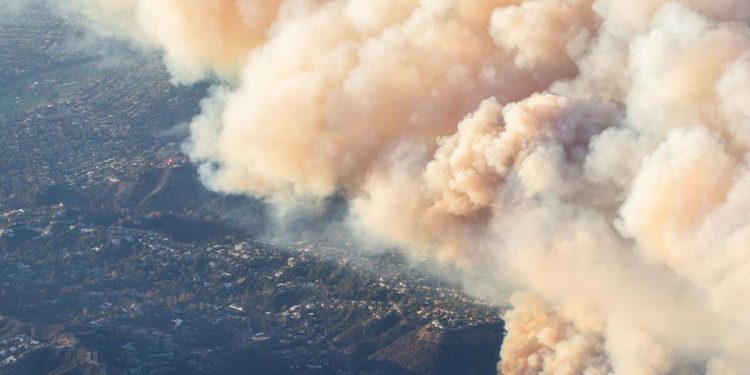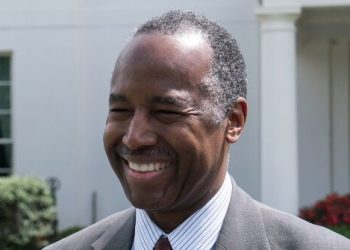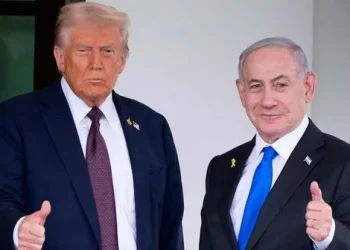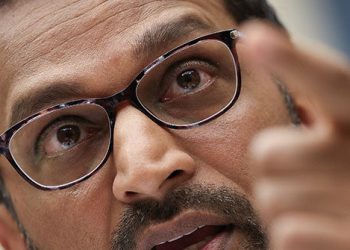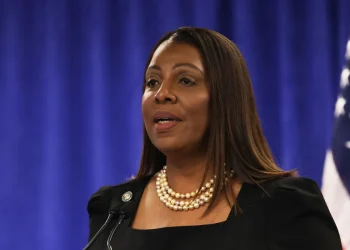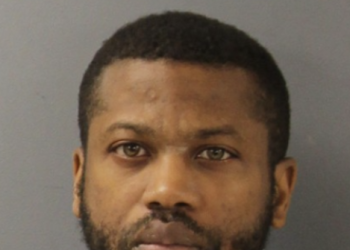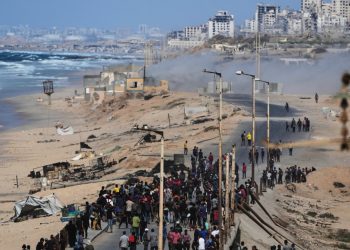Federal prosecutors this week revealed numerous details about the cause of a Jan. 1 fire in Pacific Palisades that six days later flared to life as the Palisades Fire.
The federal investigation made it possible to draw two major conclusions:
- Uber driver Jonathan Rinderknecht, 29, allegedly set the fire after dropping off passengers late Dec. 31 in Palisades.
- Fire crews thought they had extinguished the fire, called the Lachman Fire, on Jan. 1, but in reality it was still smoldering.
Many questions remain unanswered and are likely to resurface in the days and weeks to come. The question arises: what is Rinderknecht’s alleged motive and how did he actually start the fire? The second is whether firefighters could have done more to prevent the January 1 fire from reigniting on January 7.
“The arsonist started the first fire, but firefighters have a duty to do some things proactively,” said Ed Nordskog, former chief of the Los Angeles County sheriff’s arson unit and arson profiler.
Here’s a look at what we know and don’t know:
What evidence have the feds provided?
Court documents present extensive evidence that prosecutors say shows Rinderknecht was on the hiking trail in the early hours of New Year’s Day when the fire broke out. They include:
- Video footage of him dropping off passengers in the area and parking his car at the Skull Rock trailhead.
- Photos and videos from his phone showing the first minutes of the January 1 fire.
- A witness who placed him on the scene just after the fire started.
- Phone logs showing he called 911 after the fire started.
- GPS data from his phone showed he was standing in the clearing where the fire occurred when he first called 911.
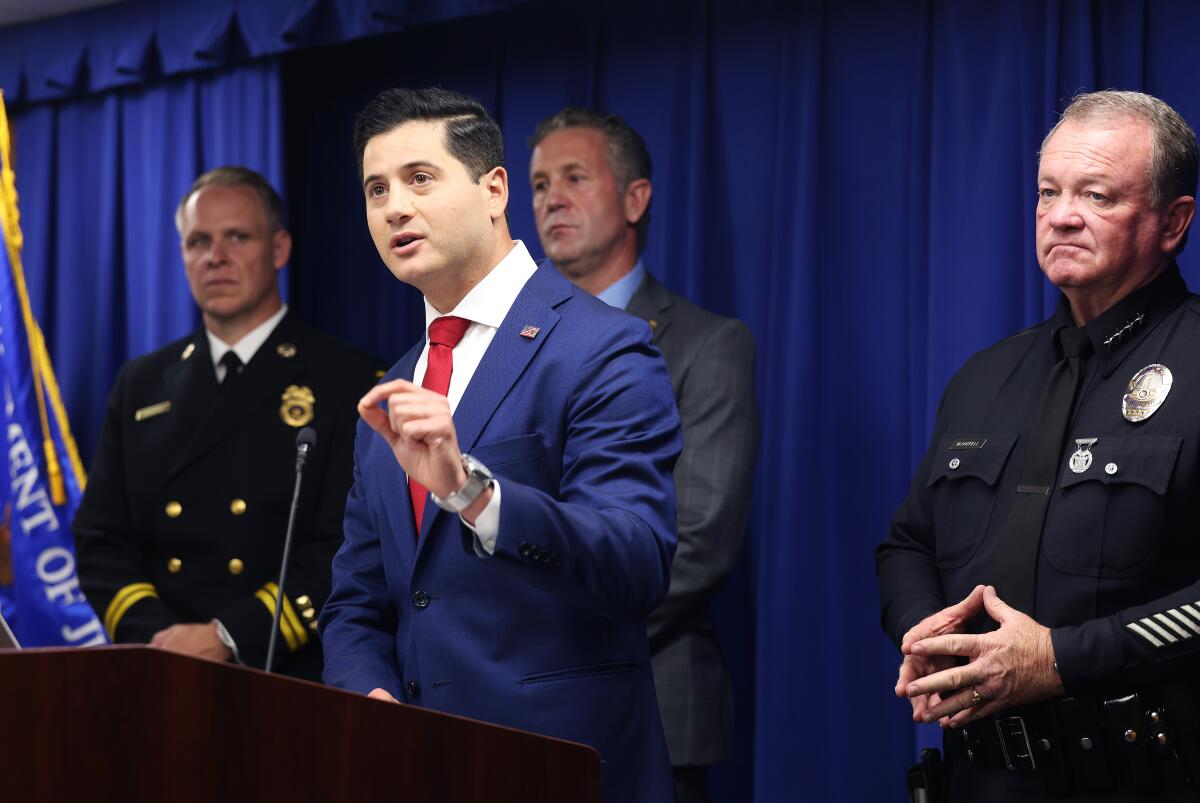
Acting U.S. Atty. Bill Essayli speaks as Los Angeles Police Chief Jim McDonnell, right, looks on during a news conference Wednesday announcing the arrest of Jonathan Rinderknecht, 29.
(Christina House / Los Angeles Times)
What about the cause of the fire?
Federal prosecutors refused to list a formal motive. But in a press conference and in court documents, they shared several details about his behavior just before and immediately after the fire started.
- They noted that he was listening to a French rap song that they said included themes of despair and bitterness. The music video for the song shows a trash can on fire.
- Among the evidence collected from Rinderknecht’s digital devices was an image he generated on ChatGPT depicting a city on fire.
- While on the phone with 911, Rinderknecht allegedly typed a question into ChatGPT: “Are you at fault if a fire is (started) because of your cigarettes,” according to the affidavit.
- Court records provide no evidence that he explicitly planned to start a fire.
Prosecutors plan to present their evidence to a grand jury and have said more details – and the charges – could then be revealed.
“They still haven’t gotten a grand jury indictment, so they may add charges. The complaint is just to arrest him and take him to Los Angeles,” said Neama Rahmani, a former federal prosecutor.
What don’t we know?
A clear motive is one thing. But another question is how exactly he started the fire.
- In court documents, officials said Rinderknecht started the fire with an open flame — “probably a lighter” that ignited combustible materials like vegetation or paper, according to an affidavit from a Bureau of Alcohol, Tobacco, Firearms and Explosives agent.
- Authorities say his own video shows his car’s glove box open. Authorities said that when they searched the car later, they found a barbecue lighter in the glove compartment. The suspect later told investigators he brought a lighter to the trail that night, but did not remember what type, according to court records.
- While witnesses to the Jan. 1 fire reported hearing fireworks, authorities said pyrotechnics were not the cause. They also do not believe a cigarette could have been the cause given the weather conditions in the area when the fire broke out and the rapid growth of the fire.
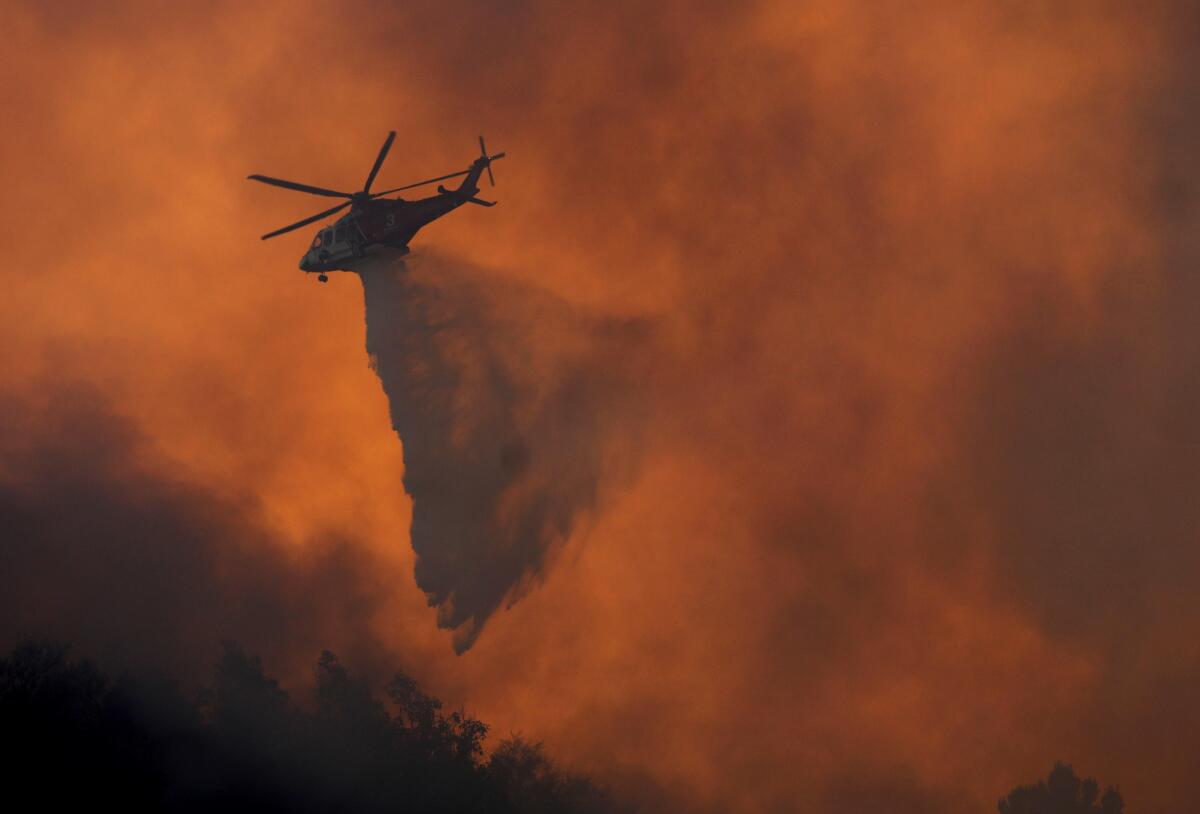
A helicopter drops water Jan. 8 near the village of Topanga, along Topanga Canyon Road.
(Genaro Molina/Los Angeles Times)
What about fire response?
The federal report says Los Angeles firefighters thought they had extinguished the Jan. 1 fire. But when high winds hit on January 7, the fire reignited and ravaged Pacific Palisades.
Some residents criticized why firefighters did not put out the initial fire and why they did not deploy engines to the area before the high winds predicted on January 7.
ATF Special Agent in Charge Kenny Cooper placed the blame squarely on Rinderknecht.
“The Los Angeles City Fire first responded and extinguished the fire, then that fire burned deep into the ground, into the roots and into the structure, and remained active for several days. Once the catastrophic winds picked up, the fire needed fuel, oxygen and heat,” he said.
“The person who started this fire is the one responsible. I will never blame our brave firefighters when we know how this fire started,” he added.
But some experts say more scrutiny is needed on firefighters’ tactics.
“This affidavit puts the onus on the firefighters. There needs to be a commission looking into why this reignited fire was allowed to reignite,” Nordskog said.
The ATF offered a modest account of how firefighters battled the Jan. 1 blaze. But it didn’t contain many details about what the department did or didn’t do to ensure the fire was actually put out.
Fires that reignite days or weeks after a wildfire has been extinguished are not common. Most often, a recovery occurs when firefighters are still on the scene cleaning up, allowing them to take control quickly, a fire expert told The Times in January. There are steps firefighters can take to prevent this.


